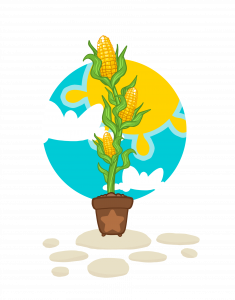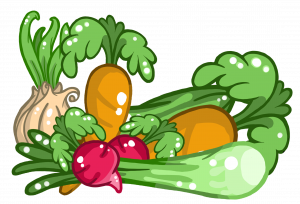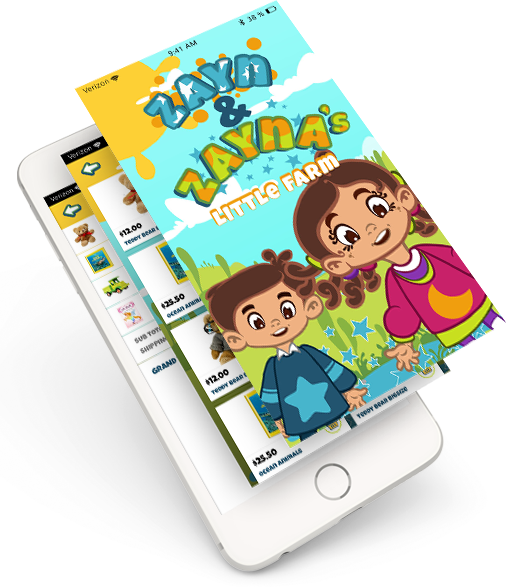What better way to interest children in eating fruit and vegetables, than helping them to grow their own! Hands-on food education will give your little ones a sense of the work that goes into successfully growing the products they eat.
What better way to interest children in eating fruit and vegetables, than helping them to grow their own! Hands-on food education will give your little ones a sense of the work that goes into successfully growing the products they eat. They’ll learn about the importance of water, soil, sun and shade, as well as the patience and faith they’ll need to see the process through to the end. When they finally eat their own produce, they’ll have a real sense of achievement. You don’t need a garden to get involved. A container on the window sill will do the same job!
They’ll learn about the importance of water, soil, sun and shade, as well as the patience and faith they’ll need to see the process through to the end. When they finally eat their own produce, they’ll have a real sense of achievement. You don’t need a garden to get involved. A container on the window sill will do the same job! A Michigan State University study also found that gardening with young children can help their development. Physically, it can improve their body management skills and, as they’ll be dealing with small handheld objects, such as trowels, spades and the seeds themselves, their motor skills should also get a boost.
A Michigan State University study also found that gardening with young children can help their development. Physically, it can improve their body management skills and, as they’ll be dealing with small handheld objects, such as trowels, spades and the seeds themselves, their motor skills should also get a boost.
Your child’s cognitive development will be addressed too. From the moment you show your child the seeds they’ll be planting, to the point where you help them manage their expectations of how the seeds will grow, your little one will be analysing information and predicting outcomes.

Perhaps above all, gardening will help develop your kids’ sensory stimulation. Touching the textures of soil and water, feasting their eyes on the bright colours, and smelling the plants and flowers will all contribute to giving your children a rich and varied experience. Of course, then comes the tasting! It’s a bonding experience between parent and child that provides valuable knowledge and a whole heap of fun!

Here are our top tips for engaging your children in growing their own food:
- Seeds are a better starting point than plugs, because your child will see the whole process of plant growth. There’s no mystery over the origins of the sprouting plant. But choose the seeds carefully to provide interest. Why not give your child the choice of deciding what you grow? Fast-growing produce will give gratification quicker!
- Give your child responsibility for their actions by allocating a container to them. This will give them a sense of ownership over the task. Start small to keep it manageable and direct the child’s focus toward just one or two containers.
- Set them up for success by giving them good quality soil in a sunny area. If you’re also vigilant during the growing period, you’ll ensure the plant doesn’t get eaten by slugs, or bugs.
- Make sure your child is invested in the activity by explaining what you’re doing, and why, at every step of the planting process. Knowing the context of what you’re doing will help them understand the importance of it, as well as what they can expect to happen. If they know that they playing a part in contributing towards the family meal, they are more likely to make the effort to get it right.
- Equip your child with the right size tools. Buying inexpensive child-specific tools will show that your child’s role in providing food is important and it will make the activity easier for small hands.
- Both when the food is growing and picked, make sure you share photos of the project with family members, so your child can feel proud of their achievements.









